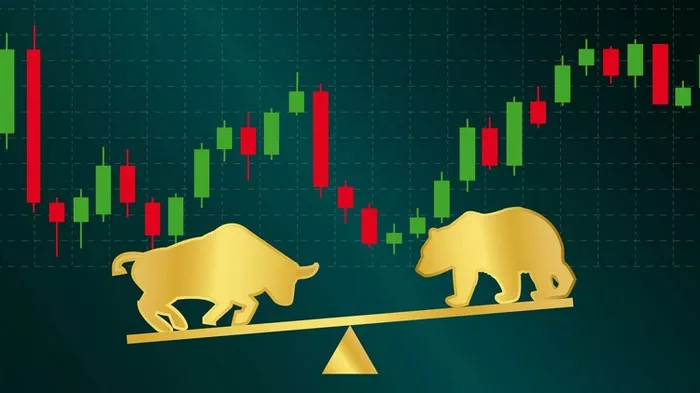The value of a country’s currency is influenced by various factors including economic stability, inflation rates, interest rates, and geopolitical events. The strength of the US Dollar (USD) against other currencies is often seen as a benchmark due to the USD’s status as the world’s primary reserve currency. This article explores six of the cheapest currencies compared to the US Dollar, examining the reasons behind their low valuation and the implications for their economies.
Understanding Currency Valuation
Before delving into specific currencies, it is important to understand how currency valuation works. Exchange rates are determined by the foreign exchange market (Forex), where currencies are traded. The value of a currency in relation to another is influenced by supply and demand dynamics. Factors such as inflation, interest rates, political stability, and economic performance play crucial roles in these dynamics.
Factors Influencing Currency Value
Inflation Rates: High inflation typically erodes the value of a currency as it reduces purchasing power.
Interest Rates: Higher interest rates attract foreign capital, increasing demand for the currency.
Economic Stability: Countries with stable and strong economies tend to have stronger currencies.
Political Stability: Political turmoil can lead to uncertainty and a decrease in currency value.
Trade Balances: A country with a surplus in its trade balance will generally see its currency appreciate.
See Also: 7 Places To Exchange Dollars And Yen In Japan
The Six Cheapest Currencies Compared to the US Dollar
1. Iranian Rial (IRR)
Historical Context
The Iranian Rial (IRR) is the official currency of Iran. Over the years, it has significantly devalued due to a combination of international sanctions, economic mismanagement, and high inflation.
Economic Sanctions
International sanctions, particularly from the United States, have crippled Iran’s economy. These sanctions have limited Iran’s ability to export oil, which is its main revenue source, leading to a severe shortage of foreign currency reserves.
Inflation and Economic Management
Iran has experienced hyperinflation due to a combination of factors including government policies and economic mismanagement. The government’s reliance on printing money to finance deficits has exacerbated the situation.
2. Vietnamese Dong (VND)
Historical Context
The Vietnamese Dong (VND) is the currency of Vietnam. Despite Vietnam’s rapid economic growth in recent years, the Dong remains one of the least valued currencies in the world.
Controlled Devaluation
Vietnam’s government has historically kept the Dong undervalued to promote exports. An undervalued currency makes Vietnamese goods cheaper and more competitive in international markets.
Economic Reforms
While Vietnam has undergone significant economic reforms, the legacy of past economic policies continues to impact the currency’s value. The transition from a centrally planned economy to a market-oriented economy has been gradual, affecting currency stability.
3. Indonesian Rupiah (IDR)
Historical Context
The Indonesian Rupiah (IDR) has a long history of volatility, influenced by both domestic and international factors. Indonesia’s economy is heavily reliant on commodities, making it susceptible to global price fluctuations.
Commodity Dependence
Indonesia’s reliance on commodities such as oil and palm oil means that any drop in global commodity prices can significantly impact the Rupiah’s value.
Inflation and Interest Rates
Indonesia has struggled with inflation in the past, and the central bank’s efforts to control inflation through interest rate adjustments have impacted the Rupiah’s stability.
4. Guinean Franc (GNF)
Historical Context
The Guinean Franc (GNF) is the official currency of Guinea, a country rich in natural resources but plagued by political instability and economic challenges.
Political Instability
Frequent political unrest and coups have created an environment of uncertainty, deterring foreign investment and leading to a weak currency.
Economic Challenges
Despite its resource wealth, Guinea faces significant economic challenges including poor infrastructure, low levels of human capital, and governance issues. These factors contribute to the devaluation of the Guinean Franc.
5. Sierra Leonean Leone (SLL)
Historical Context
The Sierra Leonean Leone (SLL) is the currency of Sierra Leone. The country’s history of civil war and ongoing economic struggles have led to a consistently weak currency.
Post-war Recovery
Sierra Leone’s recovery from a decade-long civil war has been slow. The war devastated the country’s infrastructure and economy, leading to a devalued currency.
Economic Dependency
Sierra Leone’s economy is heavily dependent on mining, particularly diamonds. Fluctuations in global commodity prices and challenges in the mining sector have impacted the Leone’s value.
6. Lao Kip (LAK)
Historical Context
The Lao Kip (LAK) is the currency of Laos. Despite being a relatively stable country politically, Laos remains one of the poorest countries in Southeast Asia, reflected in its weak currency.
Limited Economic Development
Laos’s limited industrial base and dependence on agriculture constrain economic growth. The lack of diversification in the economy contributes to the Kip’s low value.
External Debt
High levels of external debt also weigh on the Lao Kip. Servicing this debt requires significant foreign currency, which can lead to currency devaluation.
Conclusion
The valuation of a currency is a complex interplay of economic, political, and social factors. The six currencies discussed—Iranian Rial, Vietnamese Dong, Indonesian Rupiah, Guinean Franc, Sierra Leonean Leone, and Lao Kip—are among the cheapest compared to the US Dollar due to a combination of historical, economic, and political reasons. Understanding the factors that influence currency value provides insight into the economic conditions of these countries and highlights the challenges they face in achieving economic stability and growth.
Related topics:

























